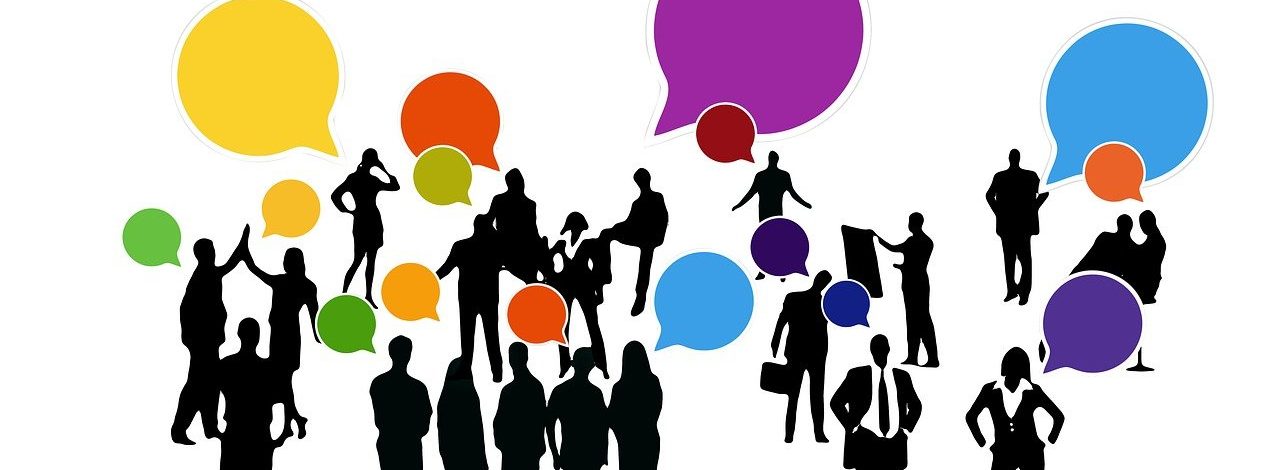Communication Skills

Communication is used to both share information and set the tone; it facilitates both the giving and receiving of information. Successful communication helps the peer visitor and person being visited better understand each other. It creates the conditions for sharing feelings and ideas and solving problems. Communication skills involve listening, speaking, observing, and empathizing. Two of the most important communication skills are listening and speaking.
Listening
Listening is “the learned process of receiving, interpreting, recalling, evaluating, and responding to verbal and nonverbal messages” (International Listening Society). Listening, as opposed to the passive process of hearing, involves cognitive, behavioral, and relational processes.”
We talk at a rate of about 150 words per minute, but we can listen at a rate of nearly 1000 words per minute; this leaves time for our minds to wander. For this reason, we need to deliberately suppress our natural tendency to process what we hear at the fastest speed possible. To make it worse most of us take listening for granted and tend to overestimate our skill as listeners. We fail to identify the need to improve our listening skills. Listening skills are essential for a peer visitor.
Active listening means being attentive to what an individual is saying both verbally and non-verbally. It enhances trust and facilitates communication. Non-verbal skills to facilitate active listening include: facing the individual, making eye contact, and having good posture.
The development of positive listening habits can help in establishing a positive listening norm. Positive listening habits can be contagious. Once you develop a reasonable degree of listening skill the potential gains in terms of knowledge, understanding, and cooperation outweigh the effort of learning to listen. In addition, when someone genuinely feels that they’ve been listened to, trust, respect, and appreciation grow.
Watch this short video on active listening (1.3 minutes).
Barriers to communication
Interpersonal communications fail for many reasons. Often this is because the message is not received in exactly the way the sender intended it to be understood. It is important when you communicate receive feedback to check that your message has been understood. Barriers to communication include physical, emotional, language, and culture barriers. We’ll talk about language and culture in the next section.
People communicate differently based on individual needs, strengths, and backgrounds. One individual may be very direct and concise in their language, while others need more time to get their message across and prefer to provide many details. Some people rely on visual stimuli and gestures, while others are keen on the use of tone and facial expressions. These variations can create communication obstacles when people with diverse communication styles are unaware of and don’t recognize the needs of the other party.
Some people may find it difficult to express their emotions and some topics may be completely ‘off-limits’. These topics could include, but are not limited to, politics, religion, disabilities, sexuality and sex, racism, and any opinion that may be seen as unpopular.
Physical barriers include hearing impairments, speech impediments, visual impairments, or other physical or mental differences. These can act as communication barriers, can cause difficulty in performing daily tasks, and can complicate interpersonal communication.
Instructor Notes:
Concepts: Key Concepts to Cover
- Why effective communication is important in peer supports
- The 2 most important communication skills: listening and speaking
- What active listening means and how it is displayed
- How active listening conveys trust and respect
- Barriers to effective communication: physical, emotional, language, and cultural
- Variations in communication
- Topics that could be off limits: e.g politics, sex, religion etc…
Reflective Exercise:
- Ask the class to: create a list of open and closed questions they can ask in different contexts.
- You can start by noting the sorts of questions other people ask and whether those questions get productive or unproductive answers.

